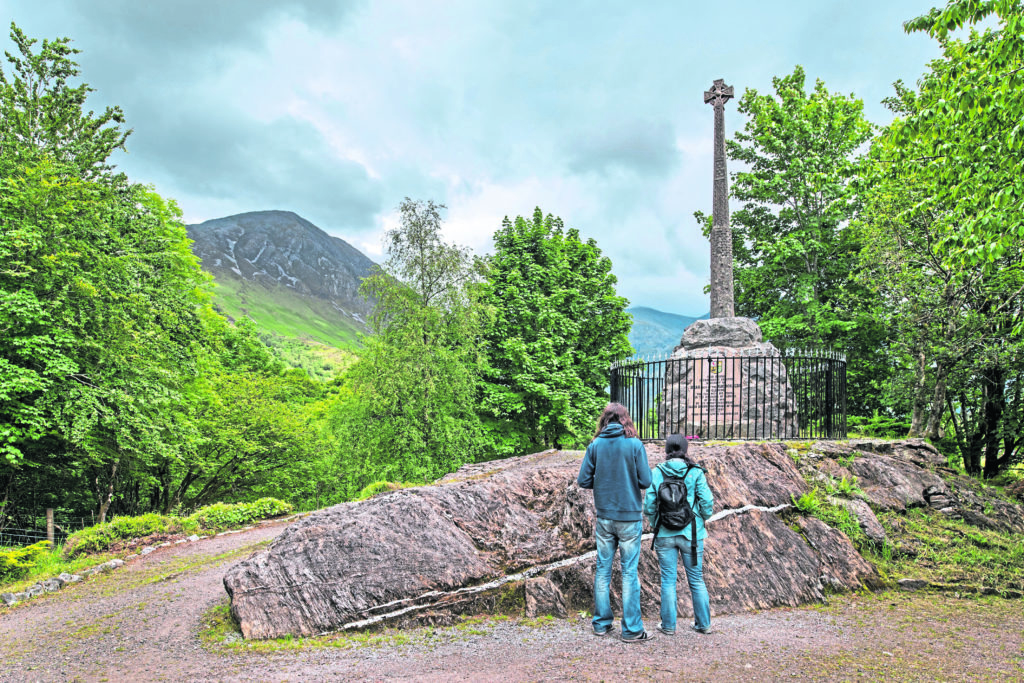
A modern-day battle is brewing in Glencoe over plans for a river hydro scheme near the village – 327 years after the infamous massacre involving two Highland clans.
Objectors have been “appalled” at the proposed development near to a site of huge historical interest.
They also say it will impact wildlife and tourism.
The National Trust for Scotland last night said it was “scrutinising” the application, while Scottish Natural Heritage said it had no objections.
In 1692 Government troops led by Robert Campbell of Glenlyon murdered more than 38 MacDonalds of Glencoe.
The slaying followed a Jacobite uprising in the Highlands with many clans defying orders to pledge support to King William II.
Murders were carried out across the glen at MacDonald settlements after the clan chief failed to meet a deadline to state his allegiance to the king.
Glen Hydro, part of vento ludens Ltd, has lodged plans for a river hydro scheme, including intake, buried pipeline, turbine house, outfall, grid connection and access tracks.
The plans are fiercely opposed by residents, particularly as the turbine location is 200 yards from ruined Inveriggan House, a massacre location where around nine of the MacDonalds died.
Iain Thornber, the deputy Lord Lieutenant, said: “No archaeological or walk-over survey appears to have been undertaken where ground disturbance will take place.
“For a glen known across the world for the infamous and high profile historic massacre – part of which occurred within the boundary of the proposed development area – I find it both astonishing and appalling that the applicant and the developer imagined this to be unnecessary.”
Mr Thornber said the plan should be rejected or decided at a public inquiry.
He claimed it would also disturb wildlife, such wildcats and otters.
Paulette Weir, who lives nearby at River Coe Lodge, said: “It is very important historically that the developers need to respect the area.”
Diarmid Hearns, head of policy at the National Trust for Scotland, said: “We will be scrutinising the application, and its potential implications for our national heritage, and will respond accordingly to Highland Council.”
An SNH spokeswoman said: “We are satisfied the application as submitted will not have an adverse impact on the Ben Nevis and Glencoe National Scenic Area and does not raise any issues in relation to our remit.”
Nick Forrest, senior project developer for vento ludens, said: “The location of the ruin at Inveriggan was a significant consideration in selecting the turbine house site, 150m away on the opposite side of the Inveriggan Burn.
“A house stood very close to the turbine house site until the mid-1970s, and it will be slightly further from the public footpath.
“The turbine house will not change the setting of the Inveriggan ruin.
“While our hydro sites are designed as sensitively as the site allows, and the construction area restored as closely as possible to its original state, it’s understandable some individuals will have concerns about the overall impacts.”